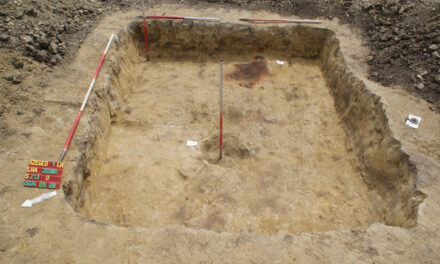In 2010, it was just over 3 tons, with the current purchase it has already increased to 110 tons.
The Magyar Nemzeti Bank (MNB) has increased Hungary's gold reserves from the current 94.5 tons to 110 tons, the central bank announced. In recent years, the global economic, geopolitical and capital market processes that have contributed to the appreciation of the role of gold have continued to strengthen. Throughout history, gold has performed many functions in various financial systems, effectively supplementing foreign exchange reserves even under normal market conditions. When financial and geopolitical uncertainty increases, in an extreme market environment, the function of gold as a safe haven and value preserver is of particular importance, it can strengthen trust in the country and support financial stability. Thanks to all these beneficial properties, gold remains one of the most important reserve assets worldwide.
The central banks' demand for gold also supported this in recent years: central bank purchases also increased in 2021-2022, reaching a historical peak in 2022 (1,082 tons), and then in 2023, slightly below the historical peak, but also a thousand the central banks came forward with a demand exceeding a ton.
The Magyar Nemzeti Bank has held gold reserves since its foundation in 1924, but its stock has fluctuated greatly over the decades: it rose until the Second World War, and at the end of the war, the central bank transported around thirty tons of gold bars and gold coins to Austria on the MNB's legendary "gold train" to Spital am Pyhrn. After the war, the gold reserve was returned to the country and, as collateral, it supported the stabilization of the Hungarian economy and financial consolidation when the forint was introduced. During the regime change, Hungary's gold reserves were reduced to a minimal level of around 3.1 tons in several steps.
With long-term national and economic strategic goals in mind, the MNB increased its gold reserves more than tenfold to 31.5 tons in 2018, and then tripled its gold reserves to 94.5 tons in 2021. By increasing the current gold reserve to 110 tons, the MNB continued the gold purchase process started in 2018 in order to achieve long-term national strategic goals. The Hungarian gold reserve thus rose to a record level.
In the field of regional central banks, by increasing the gold reserves, Hungary's gold reserves per capita will rise from 0.32 ounces to 0.37 ounces, so that our country currently has the highest gold reserves per capita in the Central and Eastern European region.
Cover image: Gold bars from the MNB's gold reserve in Budapest, at the MNB's logistics center on July 6, 2021 Photo: MTI/Szilárd Koszticsák













